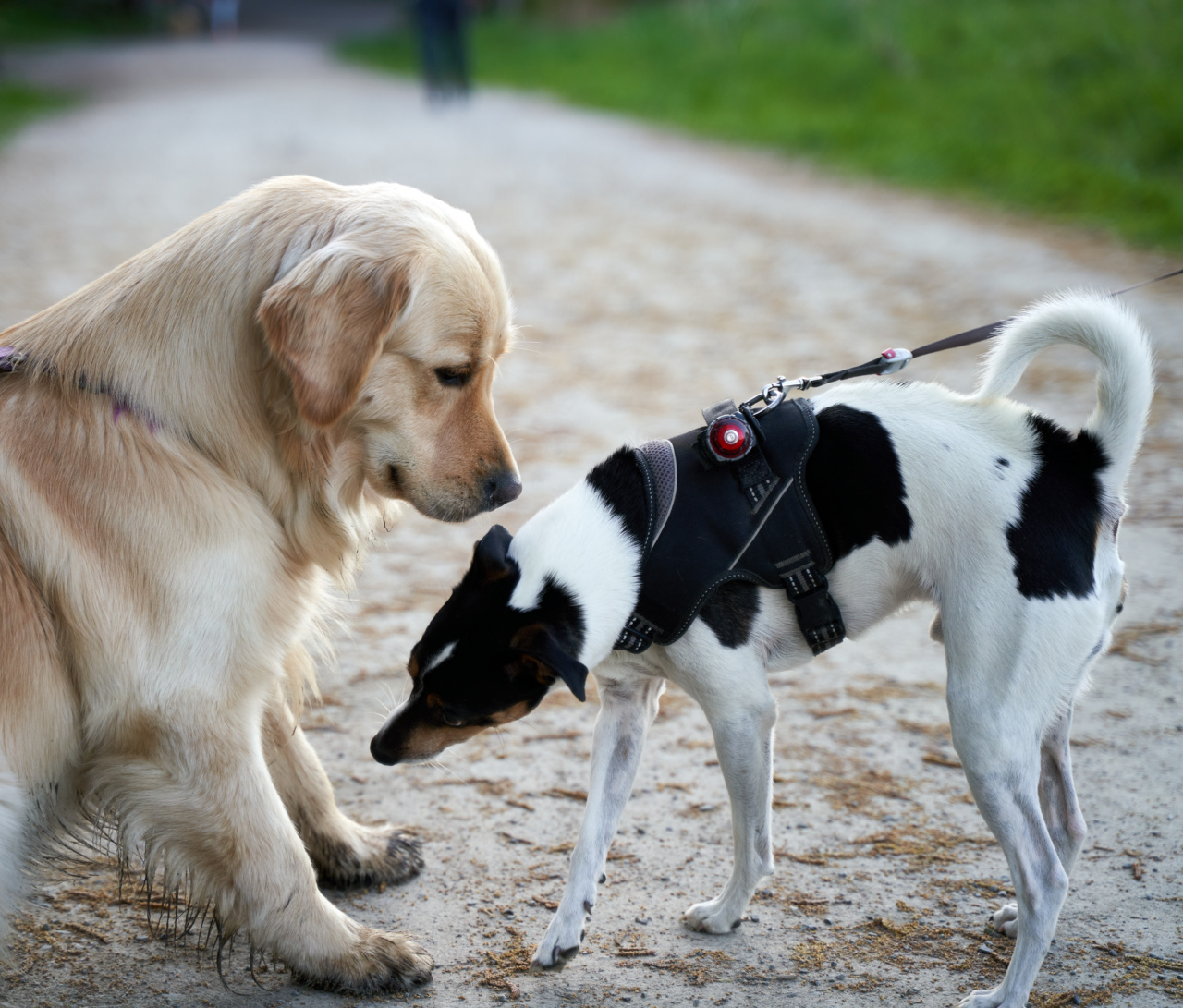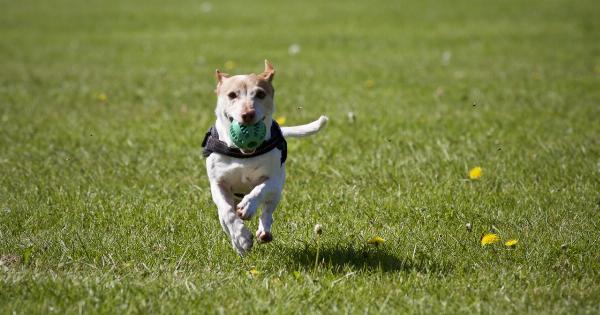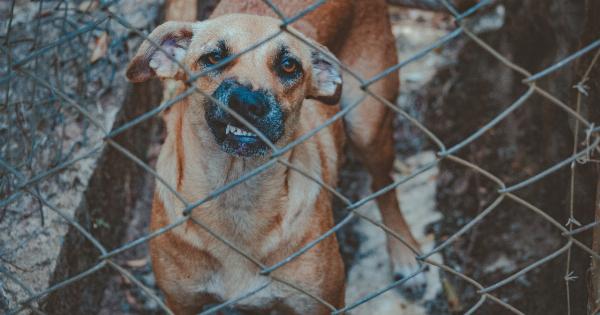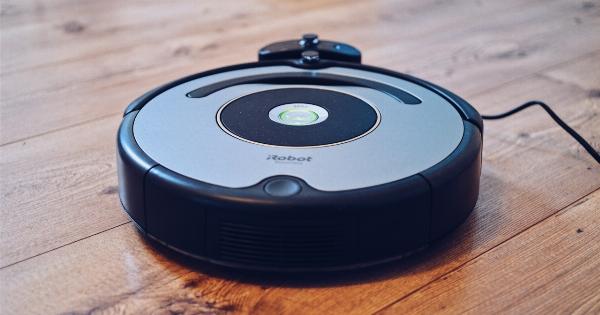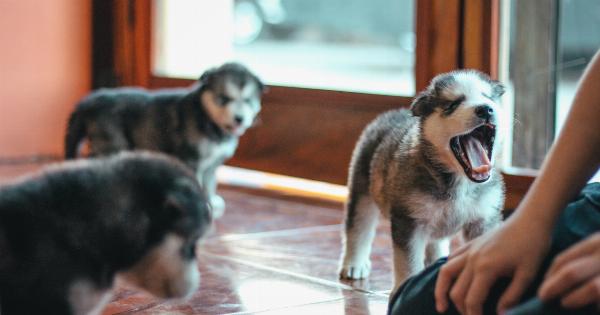Dogs are social animals, and it is natural for them to react to other dogs that they encounter on walks or in social settings.
However, some dogs may display excessive levels of reactivity, which can make it challenging for owners to handle them in these situations. Reactivity in dogs is often characterized by lunging, barking, growling, or displaying aggressive behaviors towards other dogs. This behavior can stem from fear, anxiety, or past negative experiences.
It is essential for dog owners to understand and address their pet’s reactivity to ensure their dog’s well-being and maintain harmony in their daily lives.
The Impact of Reactivity on Dogs
A dog’s reactivity can have various impacts on their overall well-being and also pose challenges for their owners. Reactivity can make walks and outings stressful and even dangerous for both the dog and the owner.
Dogs that display reactive behavior are often perceived as aggressive, which may lead to potential conflicts with other dog owners or legal repercussions. Furthermore, reactivity can also prevent dogs from participating in social activities, such as dog parks or group training classes, limiting their opportunities for healthy socialization.
Identifying the Triggers
Identifying the triggers that cause reactive behavior in dogs is crucial for effective management. Dogs can react to other dogs due to fear, territorial behavior, resource guarding, or even excitement.
By observing your dog’s body language and paying attention to common patterns, you can begin to identify the triggers that set off their reactive behavior. These triggers may involve specific breeds, sizes, or even particular behaviors displayed by other dogs. Understanding the triggers can help you create specific strategies to control your dog’s reactivity.
Seeking Professional Help
If your dog’s reactivity is severe or causing significant distress, seeking professional help is highly recommended.
A qualified professional such as a veterinary behaviorist or a certified dog trainer specializing in reactivity can provide valuable guidance and assistance. They can help you understand the root causes of your dog’s reactivity and develop a training plan tailored to your dog’s needs.
With their expertise, you will learn effective techniques for managing your dog’s reactivity and gradually improve their behavior.
Creating a Positive Association
One effective approach to controlling your dog’s reactivity is to create a positive association with the triggers that cause their reactive behavior.
This technique, known as counter-conditioning, involves associating the presence of other dogs with positive experiences or rewards. For example, whenever your dog sees another dog from a distance, give them a treat or engage them in a fun game. Over time, your dog will start associating the presence of other dogs with positive experiences, reducing their reactivity.
Gradual Exposure and Desensitization
Another effective training technique is gradual exposure and desensitization. This method involves exposing your dog to controlled, low-intensity versions of the triggers that normally cause their reactivity.
For example, if your dog reacts aggressively to other dogs at close proximity, start by exposing them to other dogs from a significant distance. Reward your dog for calm behavior and gradually decrease the separation distance over time. With consistent practice and positive reinforcement, your dog can learn to remain calm even in the presence of other dogs.
Implementing Obedience Training
Basic obedience training is essential for all dogs, and it can be particularly helpful for those with reactivity issues.
Teaching your dog basic commands such as “sit,” “stay,” and “leave it” can provide you with better control over their behavior in challenging situations. These commands can redirect your dog’s attention and help them focus on you rather than reacting to other dogs.
Consistent training and positive reinforcement of these commands can significantly improve your dog’s reactivity and overall behavior.
Use of Management Tools
Using management tools can also aid in controlling your dog’s reactivity. Tools such as head halters, body harnesses, or no-pull harnesses can provide you with better control when walking your dog.
These tools can prevent your dog from pulling or lunging, making it easier for you to redirect their attention and diffuse potential reactive situations. However, it is important to only use these tools after proper instruction from a professional to ensure their correct and safe use.
Consistency and Patience
Addressing your dog’s reactivity requires consistent training and considerable patience. It is essential to remain calm and composed when your dog displays reactive behavior, as your own emotions can influence their reactions.
Consistency in training methods and daily routines can help your dog understand what is expected of them and gradually improve their behavior. With time and patience, most dogs with reactivity issues can make significant progress towards their reactivity management.
Practicing Controlled Socialization
Once you have successfully controlled your dog’s reactivity to a certain extent, it is important to introduce controlled socialization opportunities.
Arrange playdates with calm, well-behaved dogs or consider enrolling in controlled group training classes specifically designed for reactive dogs. These controlled socialization experiences can provide further opportunities for your dog to practice appropriate behavior around other dogs, reinforcing their training and boosting their confidence.
Managing Your Expectations
While it is possible to control and manage your dog’s reactivity, it is important to manage your expectations realistically.
Some dogs may never become completely comfortable around other dogs, and it is crucial to accept and accommodate their limitations. Focus on the progress your dog has made rather than expecting perfection.
By continuing to implement training techniques and providing a safe and supportive environment, you can ensure your dog’s reactivity remains manageable and minimize potential incidents.
